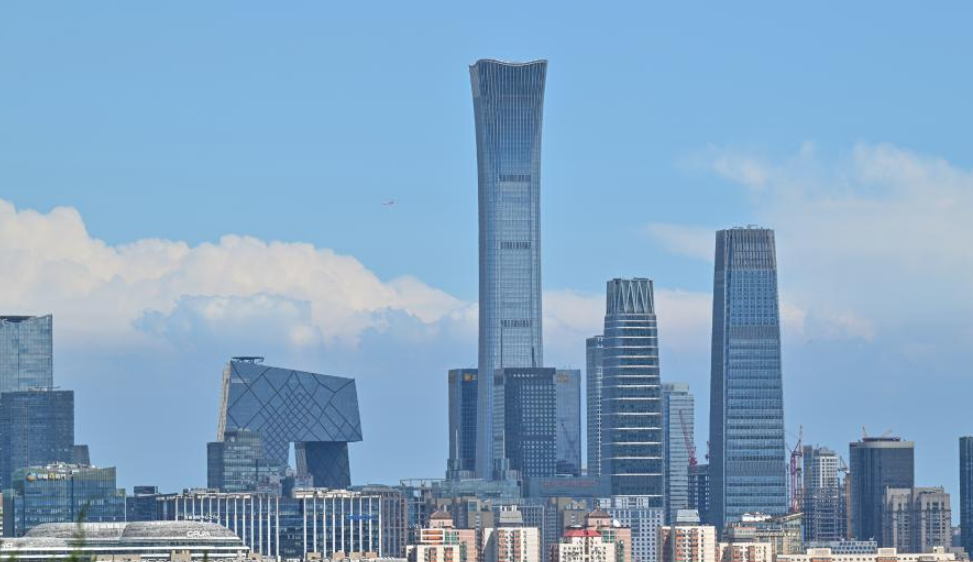China leads world in carbon-sink capacity of forests, grassland
BEIJING, Aug. 14 (Xinhua) -- The annual carbon-sink capacity of China's forests and grassland has exceeded 1.2 billion tonnes of carbon dioxide equivalents, ranking first in the world, an official said Wednesday.
A carbon sink is anything that absorbs more carbon from the atmosphere than it releases. Forests and grassland are typically carbon sinks.
China has set ambitious goals of achieving carbon peak by 2030 and carbon neutrality by 2060, taking a prominent role in the global fight against climate change.
China's unavoidable carbon emissions are predicted to reach approximately 2.5 billion tonnes of carbon dioxide equivalents in 2060, and forests and grassland will be able to absorb over half of them, thus contributing significantly to carbon neutrality, said Guo Qingjun, an official of the National Forestry and Grassland Administration.
To increase the carbon-sink capacity, China will move to expand the area of forests and grassland, as well as stepping up efforts to protect these resources, Guo said at a press conference on ecological conservation and restoration a day ahead of National Ecology Day.
Last year, China's top legislature voted to designate Aug. 15 as the country's National Ecology Day, with the aim of enhancing public awareness and actions to protect the ecological environment.
Photos
Related Stories
- International delegates laud China's green development
- China's top court stresses crackdown on illegal tree felling
- A glimpse of ecological security barrier in NE China
- Provincial regulations in China boost ecological protection of Qinghai-Xizang Plateau
- Mangrove conservation affords village fresh opportunities to flourish
Copyright © 2024 People's Daily Online. All Rights Reserved.









